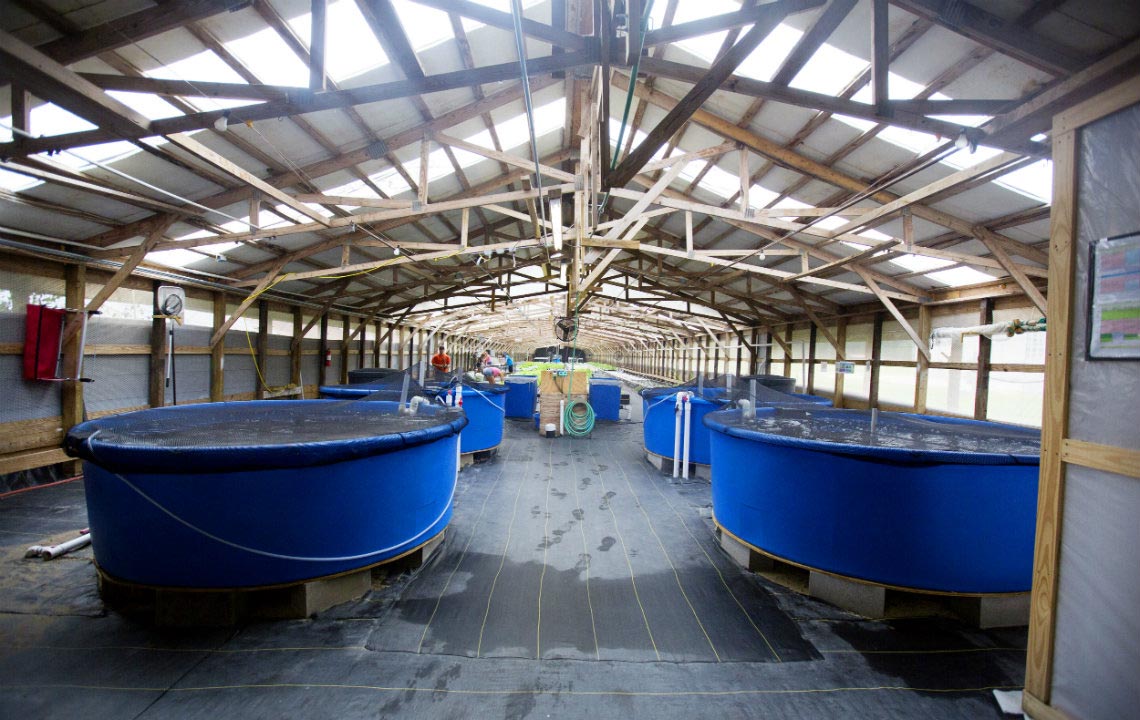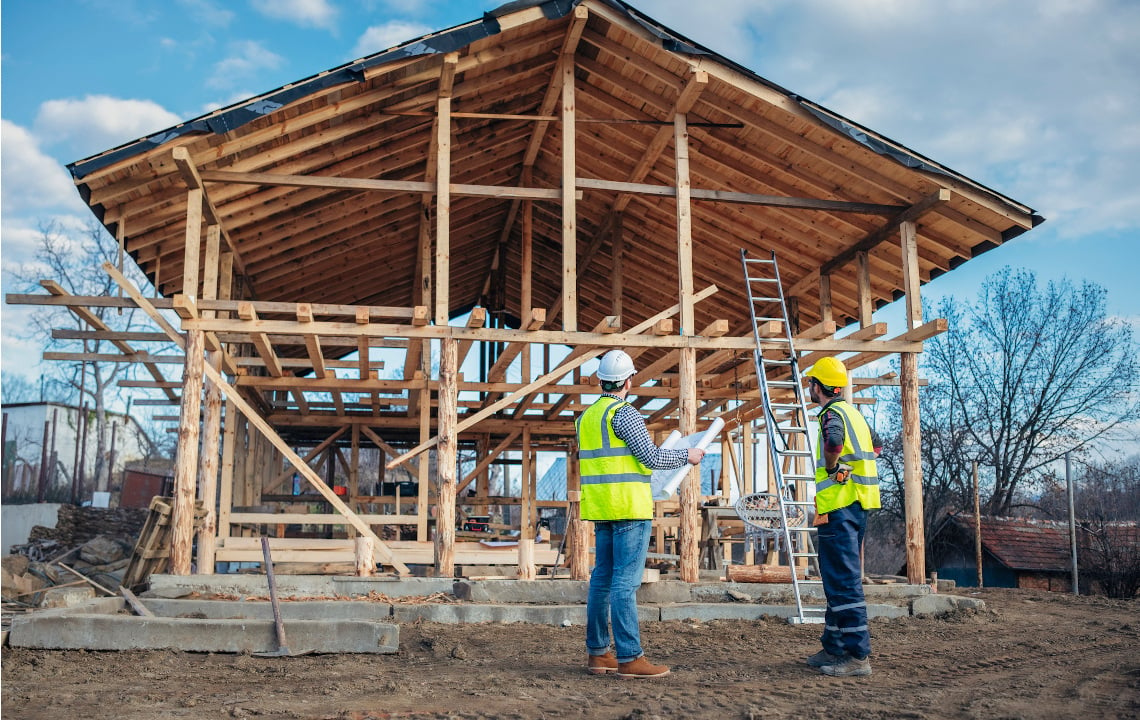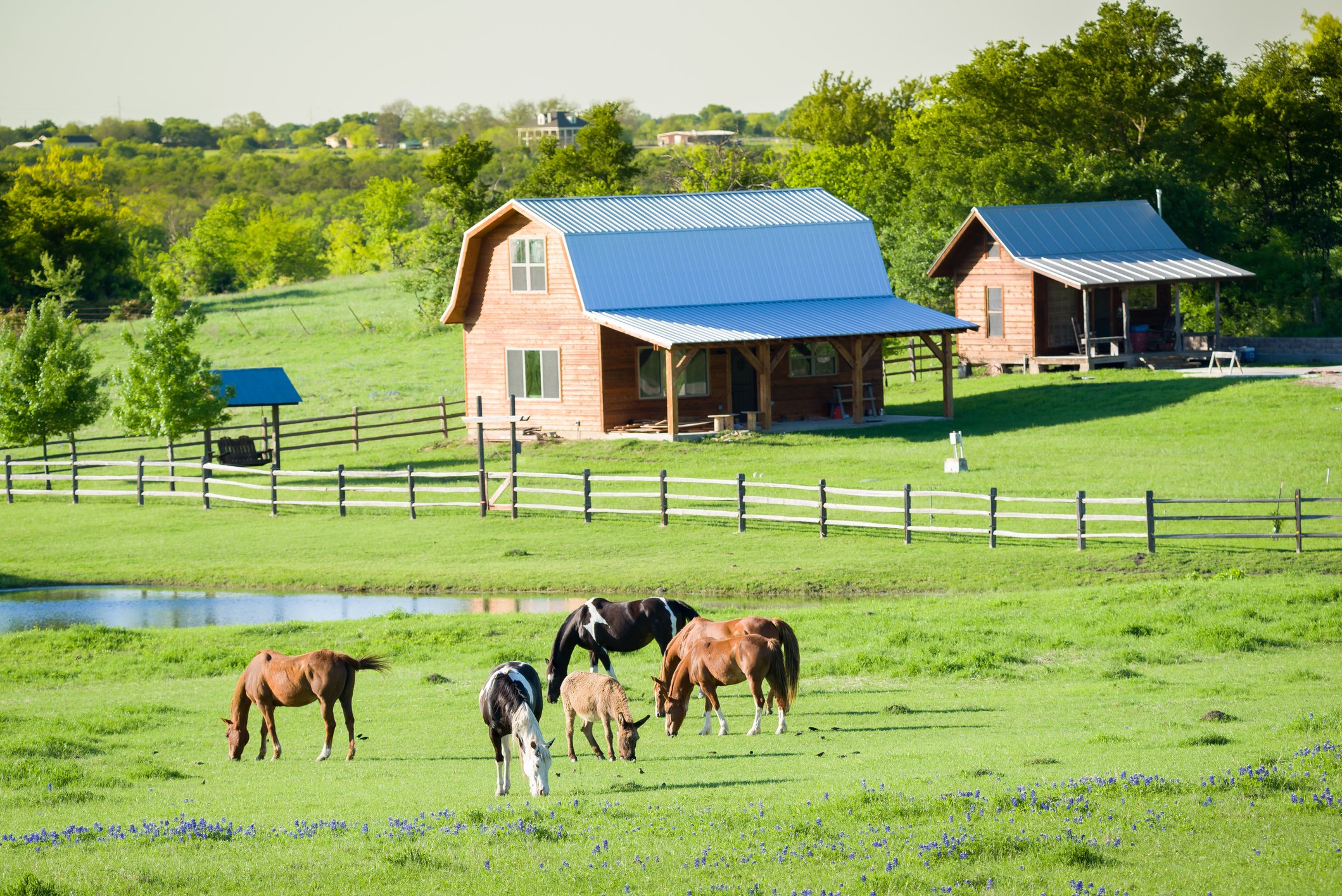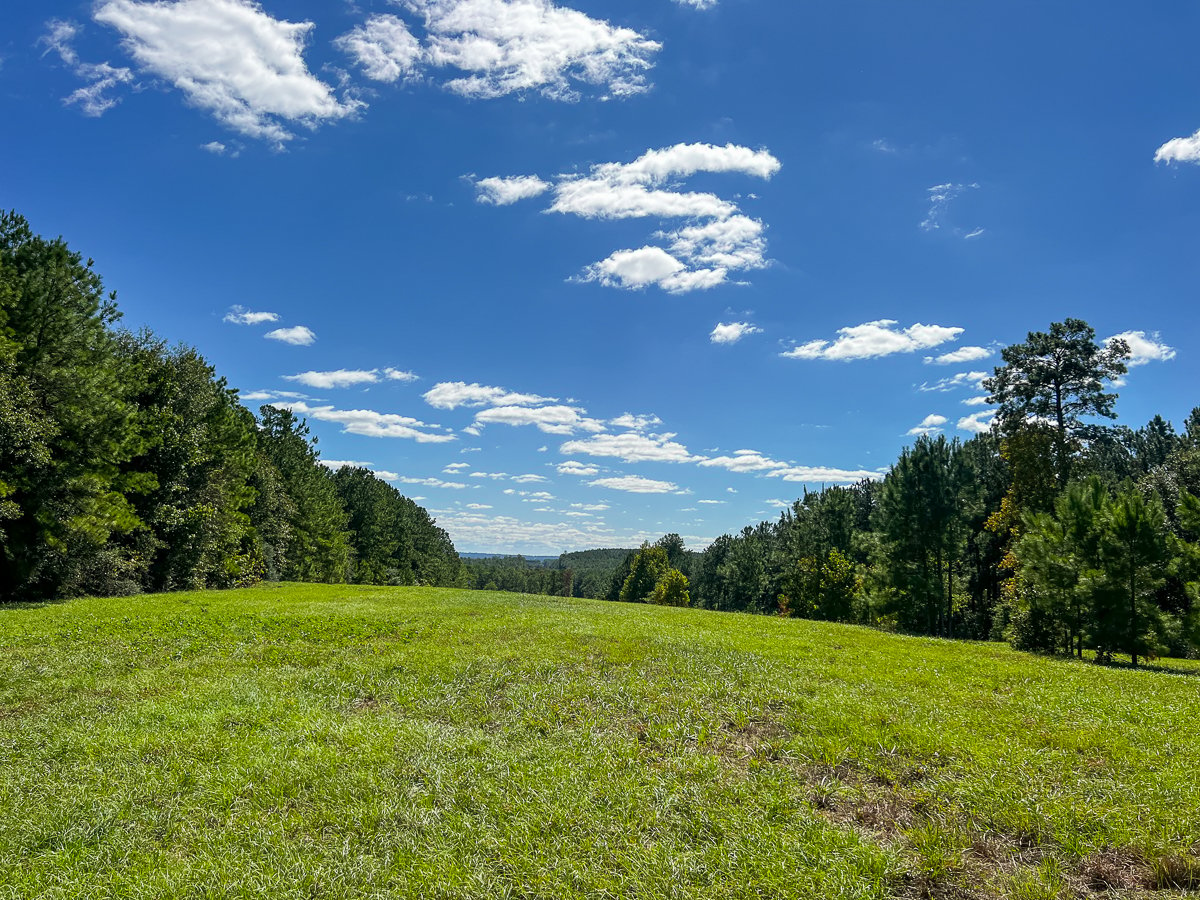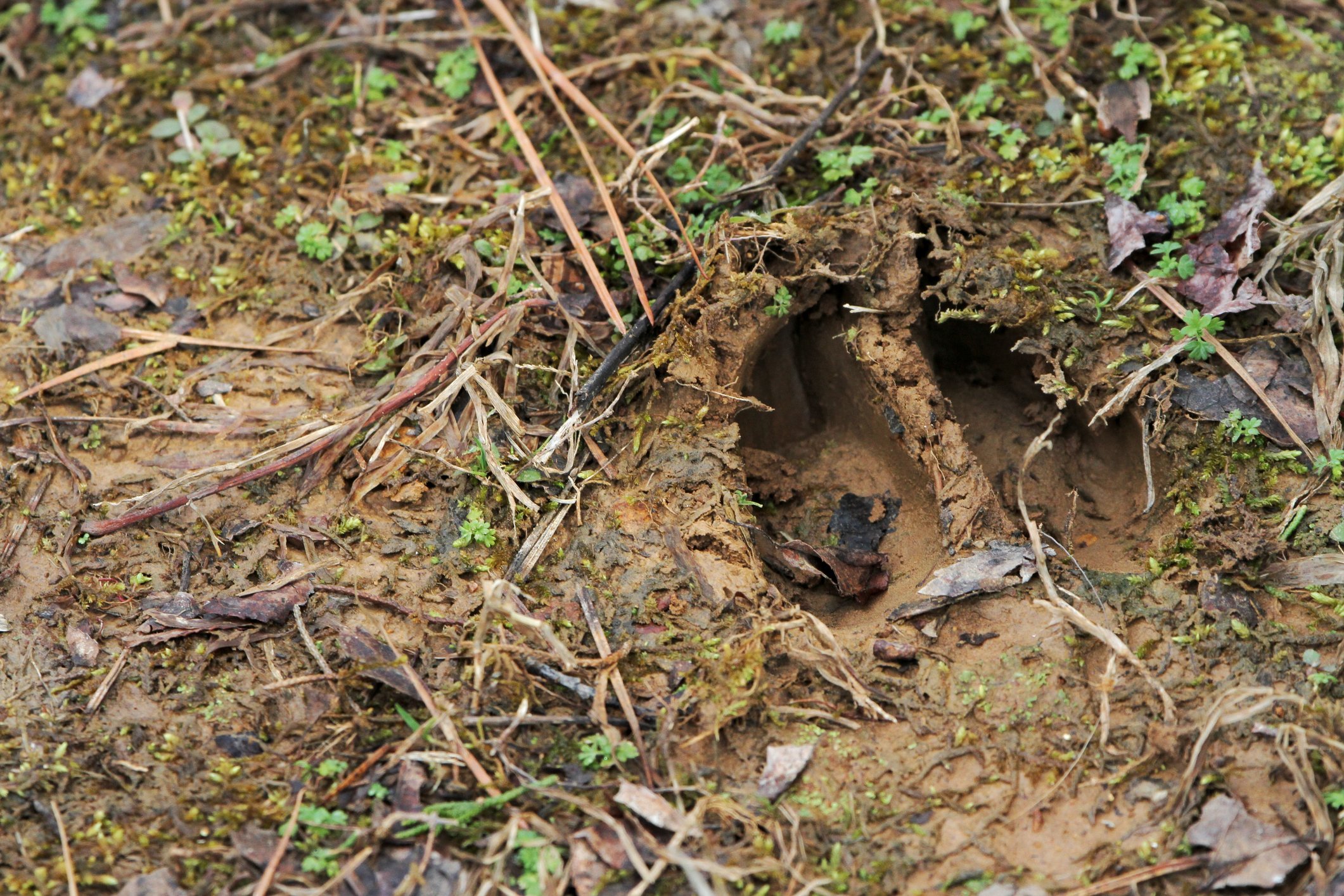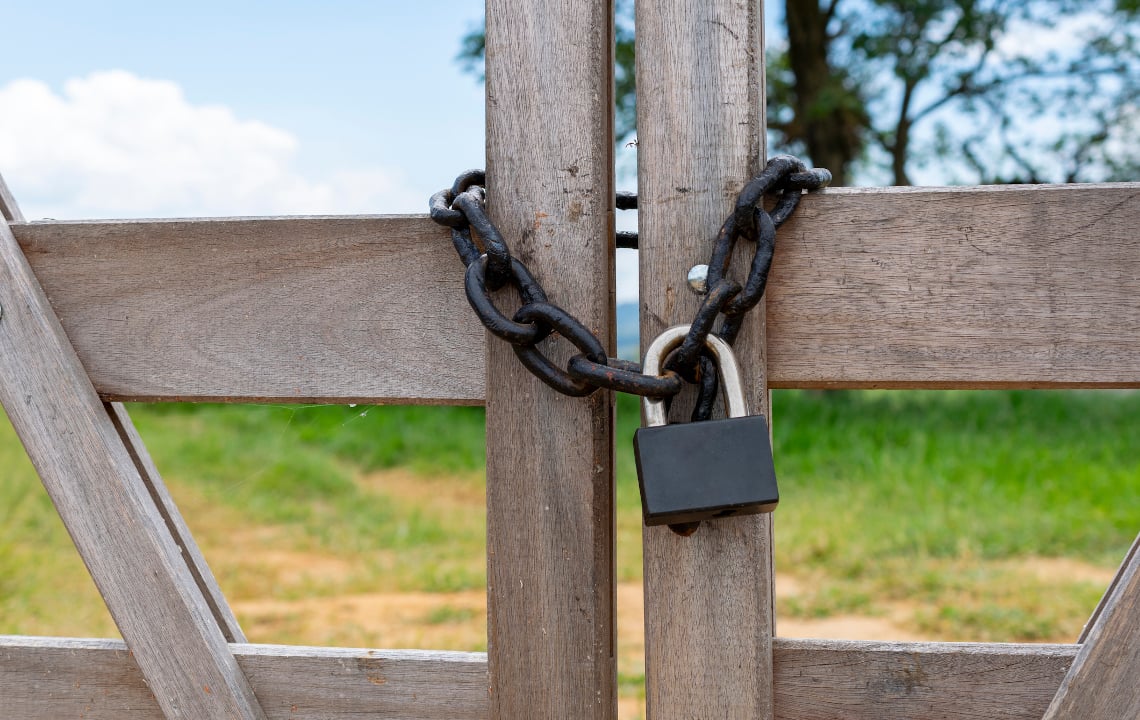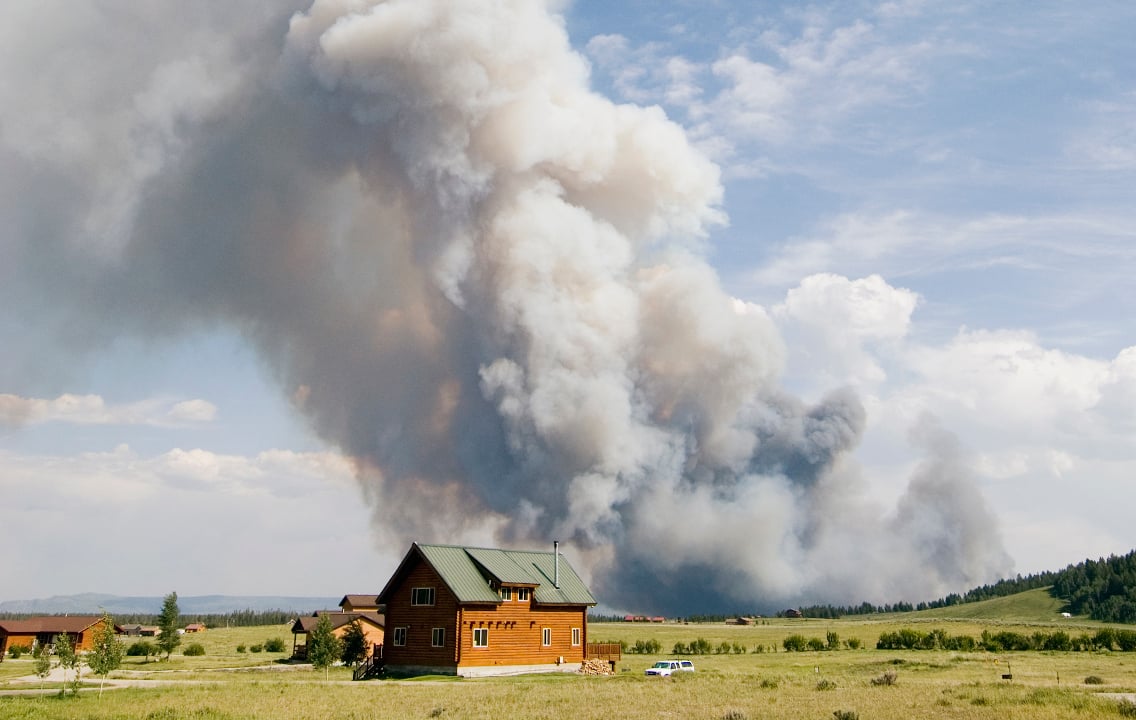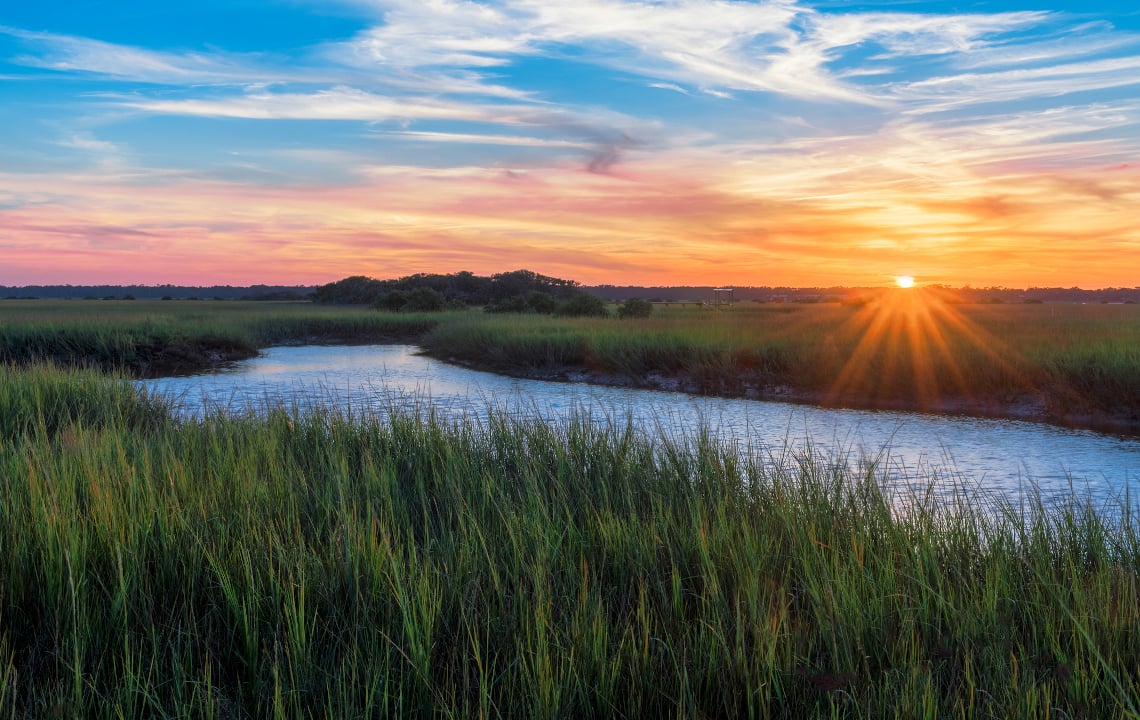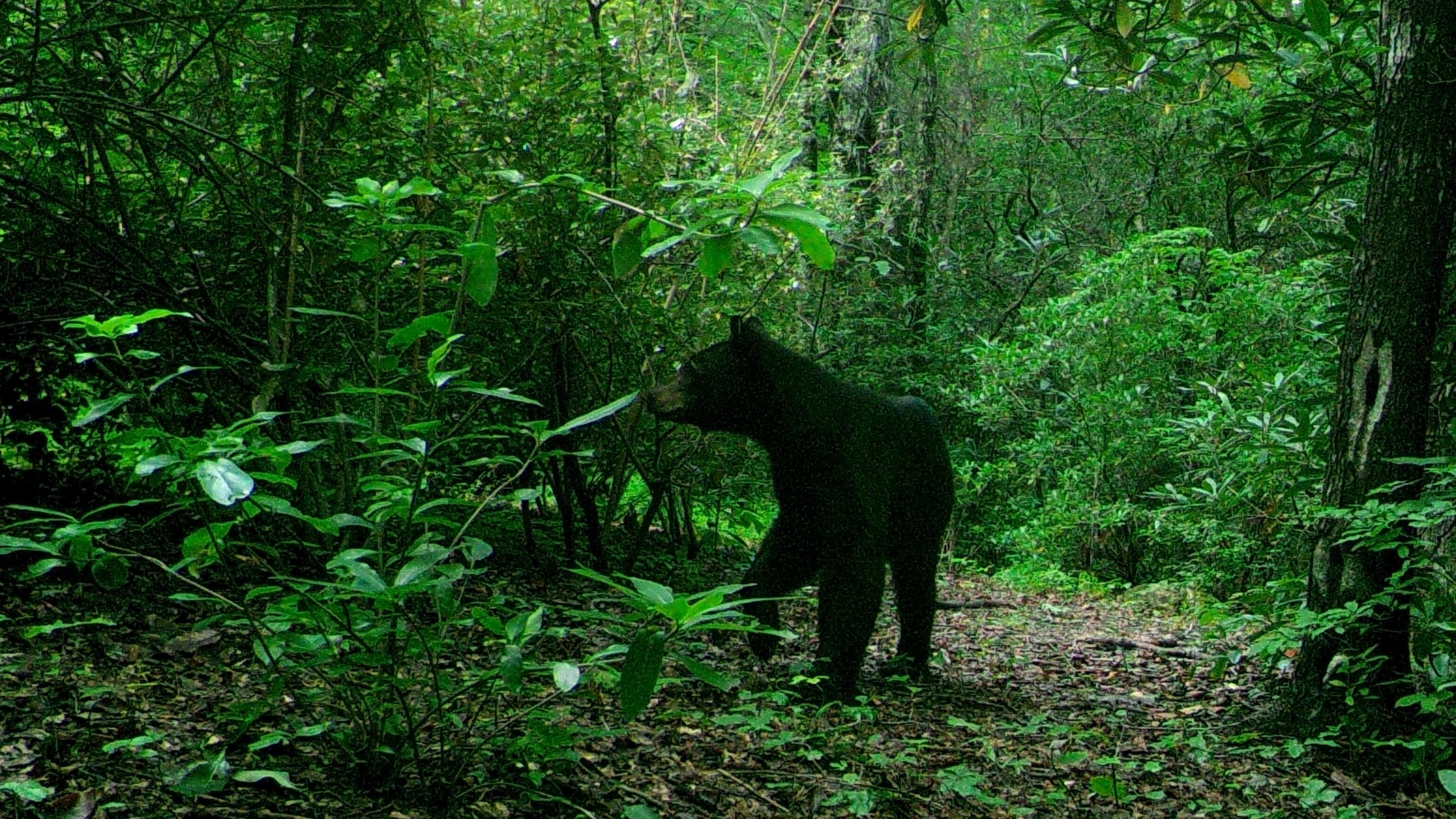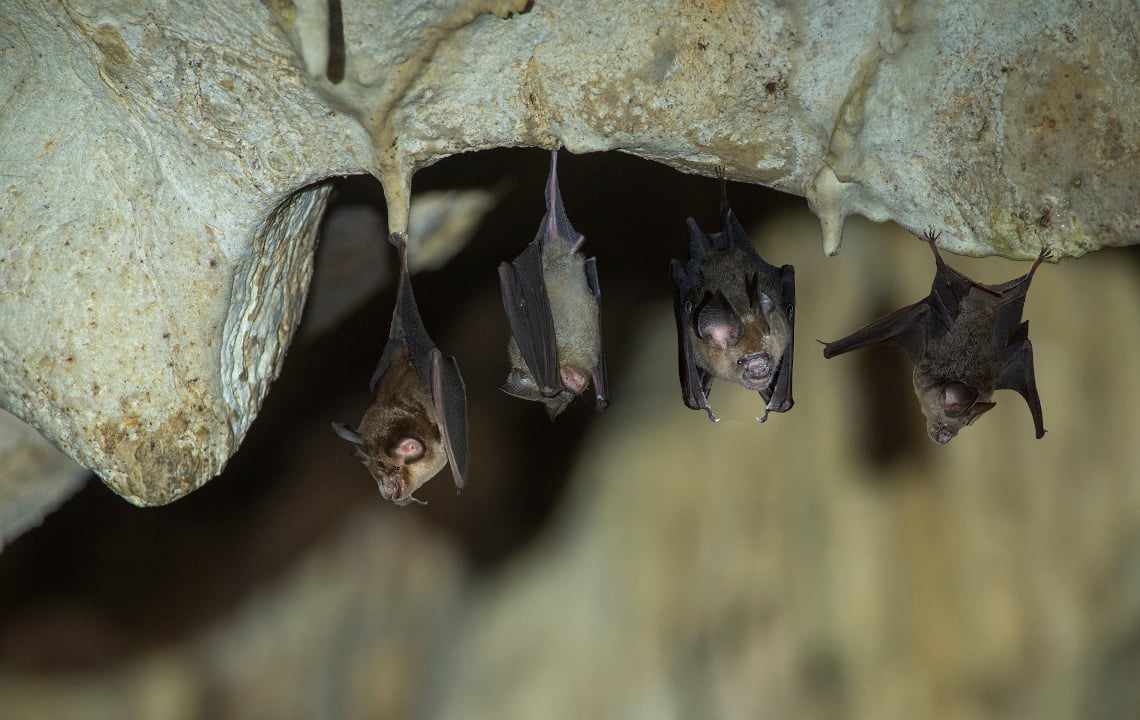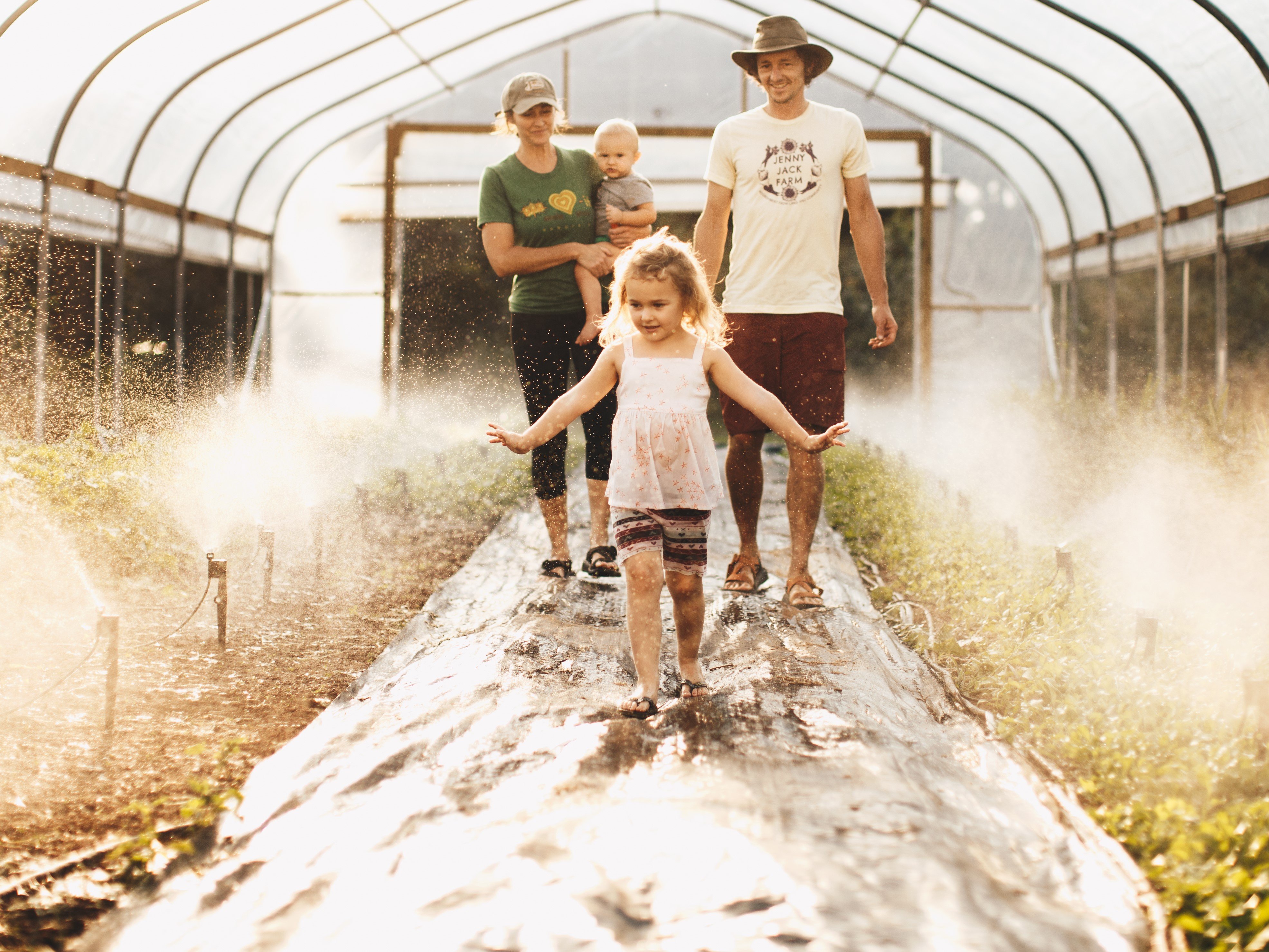This Hilliard, Florida, aquaponics farm is growing produce in a fraction of the space and time using fish and the water they naturally fertilize.
Above: Traders Hill Farms set up its first aquaponics barn in this retrofitted chicken barn in Hilliard, Florida. The goal was to show that - by simply adding some clear paneling to the roof - the barn could be re-purposed for a different type of farming.
HILLIARD, Florida--Angela TenBroeck is a farmer in every sense of the word, but she doesn’t need a tractor. In fact, she doesn’t even need dirt.
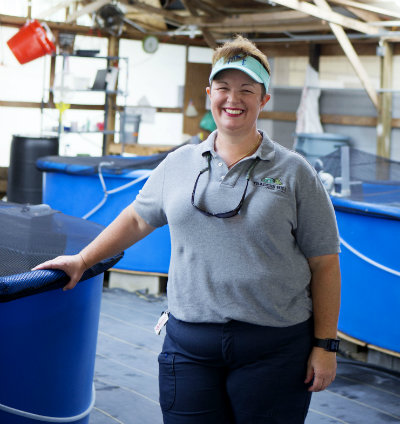 Instead, she and her team at Traders Hill Farm in Hilliard, Florida, are pioneers in aquaponics, a brilliant technique that uses a symbiotic relationship between fish and plants to produce more crops in a fraction of the space a traditional farm would use.
Instead, she and her team at Traders Hill Farm in Hilliard, Florida, are pioneers in aquaponics, a brilliant technique that uses a symbiotic relationship between fish and plants to produce more crops in a fraction of the space a traditional farm would use.
“In a barn that’s only 14,400 square feet, I can grow 32,500 plants. That’s the linear equivalent of 5 miles of rows,” Angela said. “Ask any farmer about that, and they’ll tell you that’s pretty substantial.”
Surveying a row of bright green lettuce leaves sprouting in one of her barns, which are retrofitted with clear-roof paneling to allow light in, Angela said her crops go from seed to harvest in just 30 days. Her team harvests her top crop - a spring mix of lettuce - five days a week, cutting about 300 lbs. before noon each day.
As much a scientist and activist as she is a farmer, Angela created Traders Hill Farm with the backing of landowner Richard Blaudow, CEO and cofounder of Advanced Technology Services Inc., to experiment with aquaponics and educate others about it.
Blaudow added to the challenge, asking her to design and manage the sustainable farm while showing how to put old structures back to work. Specifically, in Northeast Florida, he wanted her to show what could be done to repurpose old chicken barns. The region is littered with them because Tyson Foods closed its Jacksonville plant in 2003, putting more than 300 local chicken barns out of business.
Blaudow bought one of the old chicken farms - part of a large tract he uses for a getaway home near the St. Marys River - and the barn became Angela’s first lab, of sorts.
She began her work in 2013, setting up a system that takes the process from fish tanks to plants and back again, all within a repurposed, 400-by-37-foot chicken barn. Here’s how it works:
-
Traders Hill raises tilapia in low-density, 800-gallon tanks.
-
The water becomes enriched with fish waste - “fish poo,” as Angela calls it - and is processed through a moving bed bioreactor that removes solids from the water by “swirling the nitrogen” out. It’s like a fast-moving composting system.
-
The water, rich with the remaining nutrients from the fish waste, is transferred to the plants.
-
While absorbing nutrients, the plants also serve as a natural filter, prepping the water to return to the fish tanks, where the cycle begins all over again.
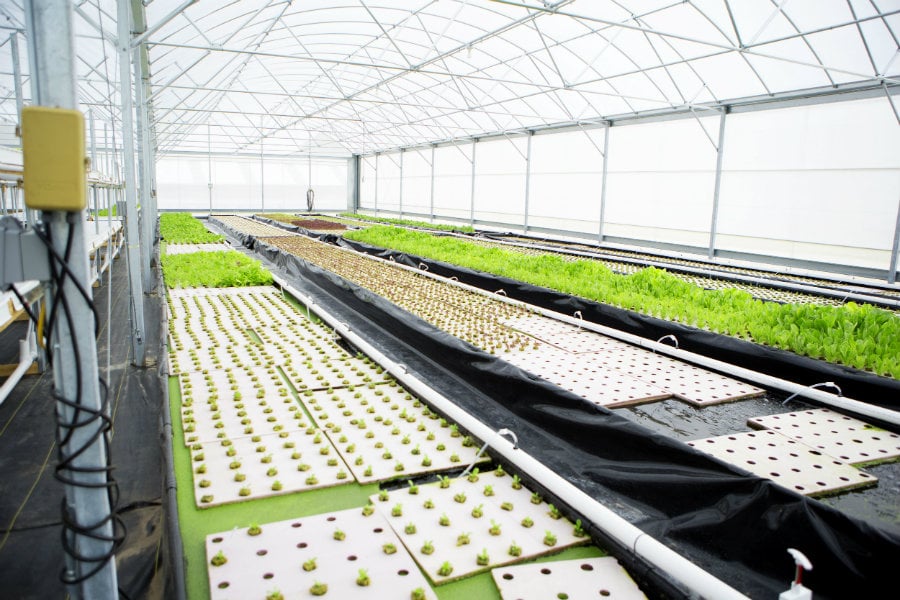
Crops like lettuce, basil, swiss chard, peppers and even eggplant thrive on floating foam rafts, their roots dangling in the water below. And those solids that were removed from the water? They also serve a purpose, creating a rich sludge that is used in outdoor gardening and landscaping.
The process results in multiple sources of income:
-
Produce grown without pesticides or herbicide (Angela is pursuing certification to designate it organic).
-
Market-quality tilapia. The process works with many other breeds of fish, too.
-
The sludge made from fish waste solids.
-
Emulsion, the fertilized water used on the farm.
-
And, for Angela, an ever-refined process that can be sold to other farmers wanting to get started in aquaponics.
Angela said Traders Hill’s produce, pampered with nutrients as it grows, has a better taste than its counterparts grown in dirt. She said it also lasts longer; for example, the farm’s salad greens have an advertised shelf life of two weeks.
Its fish, raised in stages in tanks from birth to a ready-for-market 2-pound size, produce a soft, white meat. They’re fed a high-quality diet of lettuce, pellets and duckweed.
“There’s not a license for organic fish, but if there was, they would be organic,” Angela said.
And the farm, itself, is a testimony to the value of the emulsion and sludge. In addition to growing the indoor produce, Angela uses the emulsion and sludge to enrich plants throughout the property, including outdoor gardens, peach and pecan orchards and a deer food plot she planted so the Blaudows would see wildlife on their walks on the property.
The first year of operation on the farm was such a success, Angela opened a second barn in 2014. A third came online in 2015. The new barns show how a larger farm could operate with aquaponics. One building houses 4,000-gallon fish tanks lit with low-energy LED lamps. Their water is processed and pumped to a separate, second building where the plants grow. Covering about a fourth of an acre of land, the two new barns are capable of producing 1,000 lbs. of fish and 4,000 lbs. of lettuce a month. The indoor operation can continue operating year-round, producing a harvest equal to that of 10 acres of farmland in a year. Angela said temperatures stay warm enough for the process during the winter because of the volume of the water involved and because of geothermal advantages from the sunlight. The floors of the barns are black, further assisting in the absorption of sunlight.
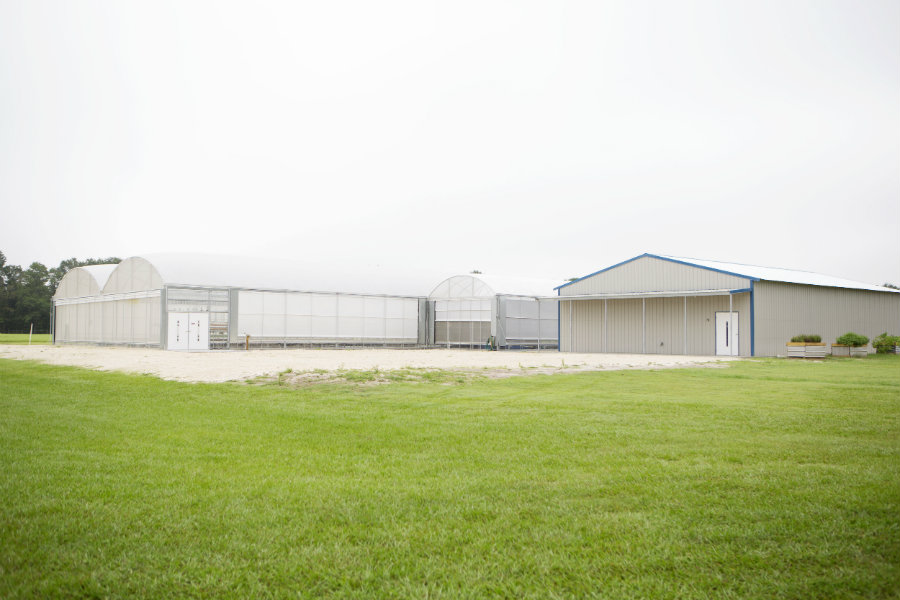
The new barns at Traders Hill Farms are capable of producing 1,000 lbs. of fish and 4,000 lbs. of lettuce per-month on a quarter of an acre of land.
As Traders Hill continues to experiment to show what can be done with aquaponics (Angela’s is now testing a crop of beer hops), other business leaders are taking notice. Native Sun, a natural foods store in Jacksonville, and White Oak Plantation, a conservation and conference center, are two of the farm’s largest produce buyers. Jacksonville’s Omni Amelia Island Plantation, a high end resort community on the coast of Amelia Island, hired Angela to build an aquaponics greenhouse for its chef. And she is beginning plans to build a facility on Florida State College Jacksonville’s downtown campus. The college is also working with Tarders Hill on their rainwater harvesting process, which plays a major role in the sustainable farming method.
Nevertheless, there are doubters. Angela has come across traditional farmers who won’t sign up to try aquaponics on their own farms, even if they have empty chicken barns. She said that’s more about tradition and wariness of change than it is a testimony about how well the process works. And many of those same farmers who don’t want to use aquaponics are on a waiting list for the coveted sludge and emulsions Traders Hill produces.
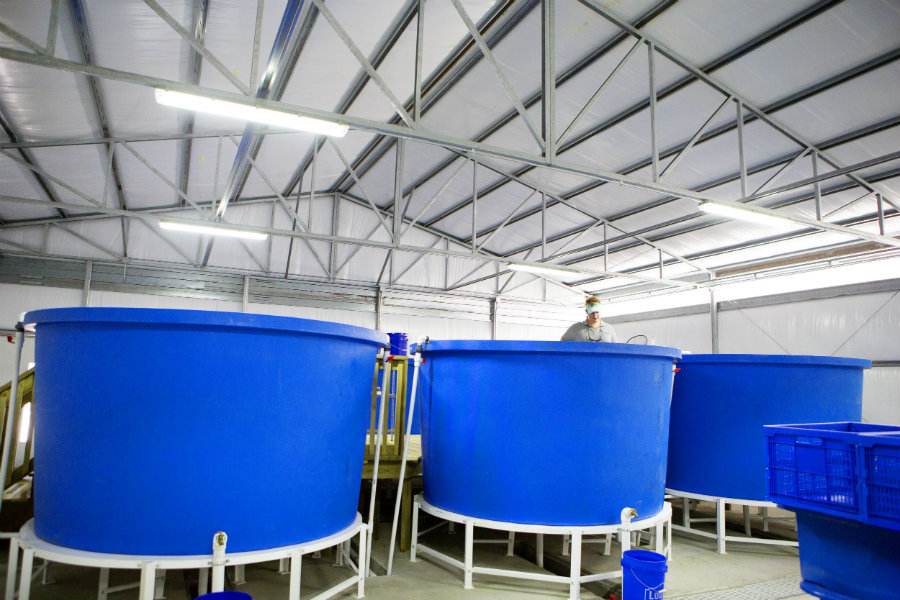
TenBroeck surveys 40,000-gallon tanks of tilapia at Traders Hill Farms.
Traders Hill Farms sells not only its products, but also its system, building the aquaponics facility and training the farmer who wants to use it. Angela said the first year’s cost, including both equipment and expenses, would be about $150,000. Angela said a farmer would only need three employees to operate the farm.
Despite all the income potential for Traders Hill, the company is also very much focused on giving back to the community. Traders Hill works hand-in-hand with a nonprofit Angela founded, the Center for Sustainable Agricultural Excellence in Conservation, to offer training, apprenticeships and even full scholarships to those who want to work in the industry. During a recent walk through the farm, Angela pointed out a recent high school graduate who was working his final shift at Traders Hill Farms before leaving for college. His reward for working on the farm throughout high school? A full ride to study in a related field. There are also adults who work on the farm, learning how to manage each task in the hopes of eventually establishing their own aquaponics farms.
Traders Hill also works with community groups and organizations. For example, excess produce is provided to Meals on Wheels.
Though it’s admittedly a major change from traditional farming, Angela said aquaponics is based on a method of farming - using fish emulsion to grow produce - that has been used for centuries. It’s just cleaner (for example, you have to walk through a footbath before entering the barns) and more high tech in the Traders Hill System. The resulting dynamics just make sense, so much so that Angela envisions aquaponics changing the way farming is done nationwide, and thus changing the “hunger landscape” of the entire United States.
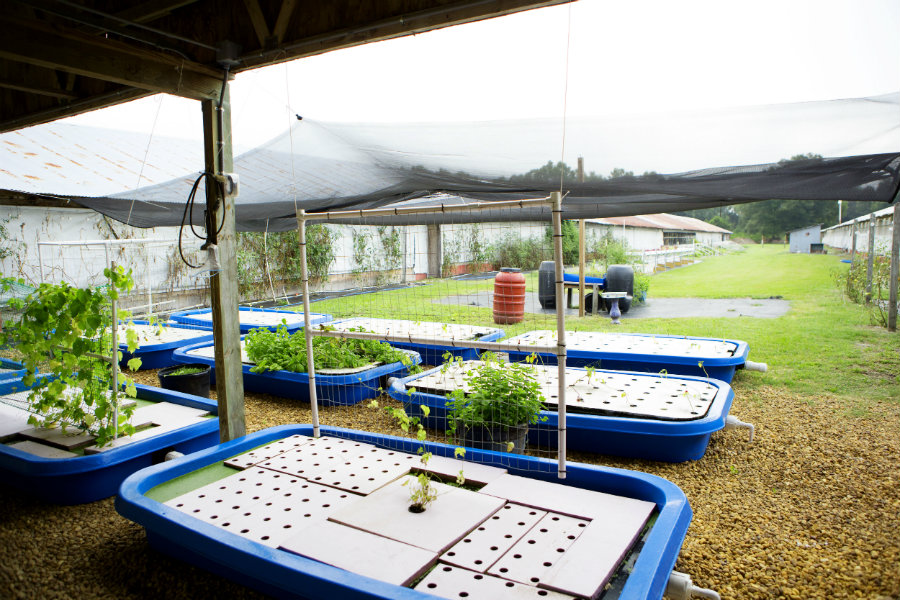
Traders Hill uses its fish emulsion in outdoor gardening, too, like for the tomato plants shown to the left. The farm is currently testing aquaponics with beer hops, shown in the foreground.
“It’s a long range, low cost system. I can grow plants faster, that taste better and last longer, in a smaller space. There are no chemicals, no pesticides. And it only requires two pumps,” she said, referring to the water and air pump that - coupled with gravity - keep the system going.
Angela says aquaponics could also be the industry that revives struggling, infertile nations.
“I can find all the items I need (for aquaponics) in a third world country,” she said. “Plants don’t need soil - they need nutrients. And with this system, everything is recycled. You waste nothing.”
For more information: Visit the Traders Hill Farms website at www.tradershillfarm.com and their Facebook page at https://www.facebook.com/tradershill.farm.
All photos by Bella Blue Photography of Hilliard, Florida.
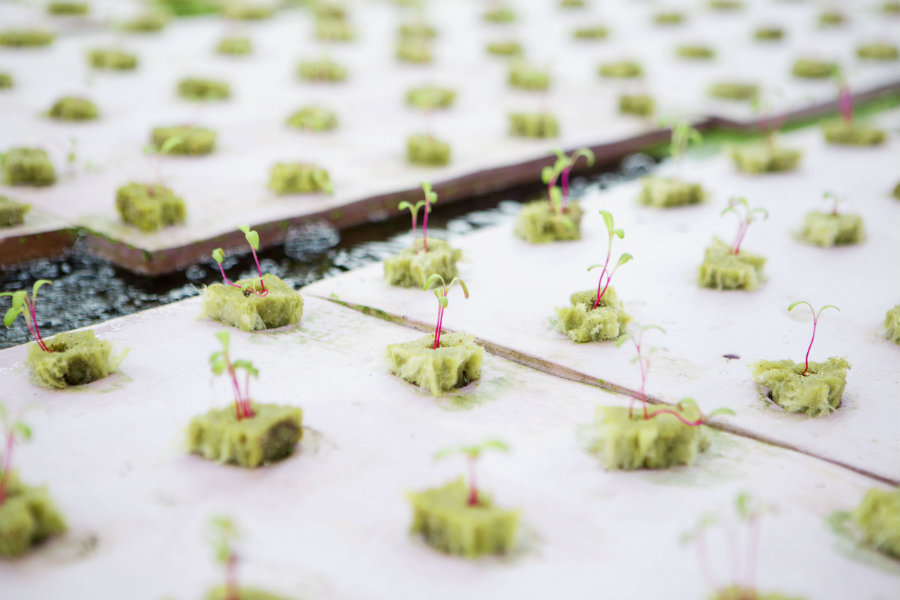
Traders Hill Farms' lettuce crops grow from seed to harvest in about 30 days.


